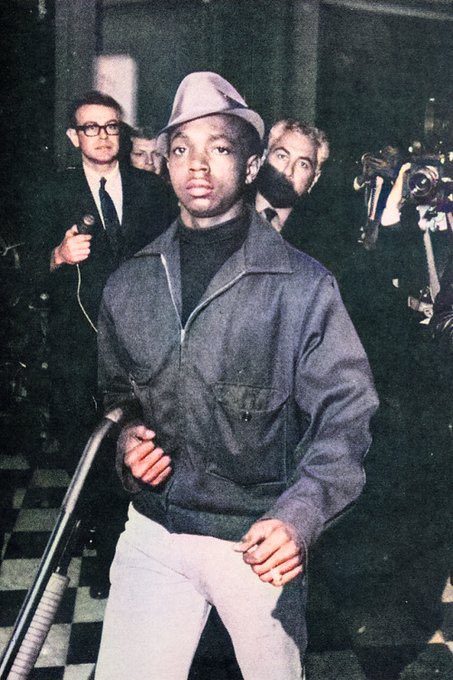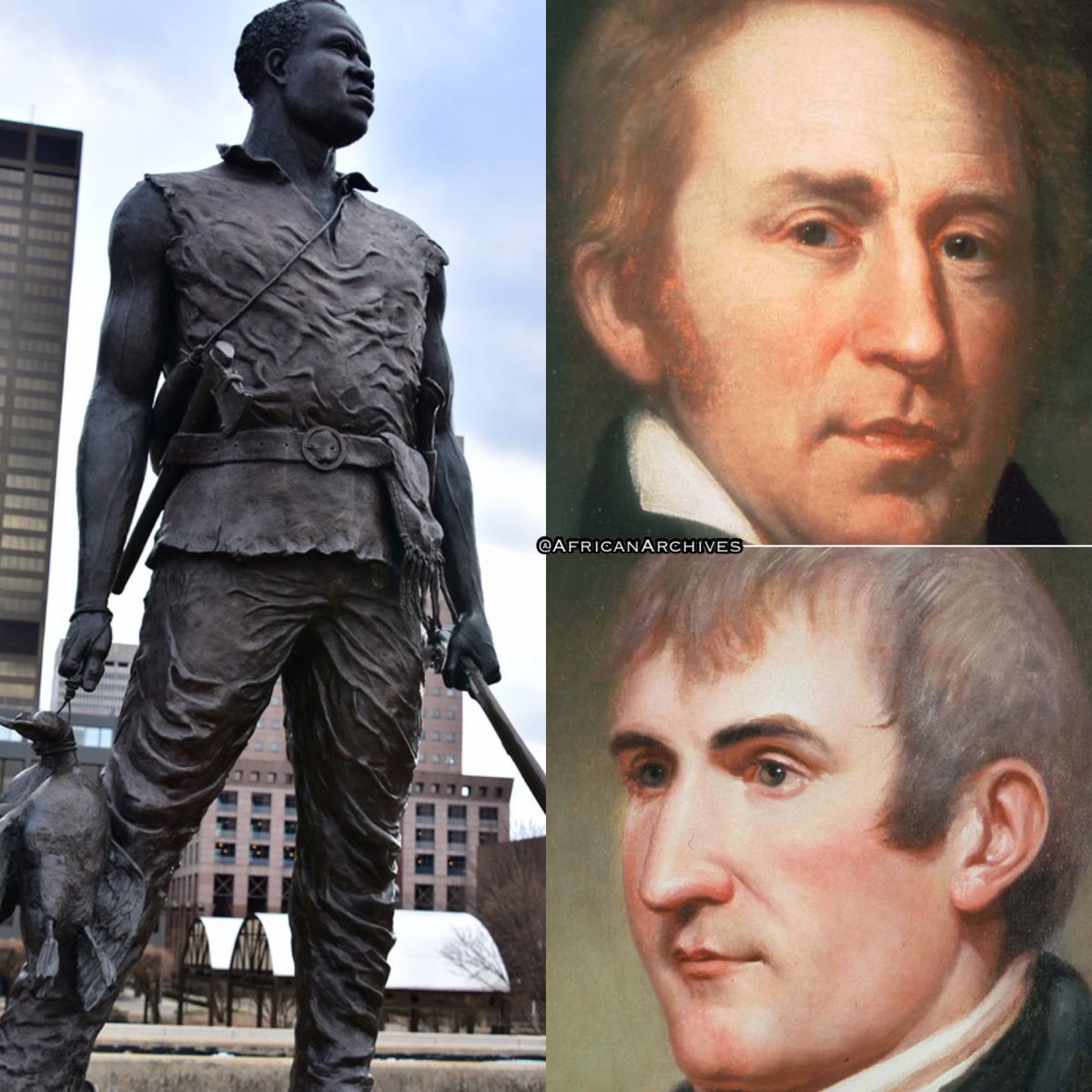
The Banyole of the ancient kingdom Of Uganda practiced and perfected C-Section long before the Europeans.
While Europeans mainly concentrated on saving the baby, the ugandans were performing the operation successfully saving both. #BlackHistoryMonth
A THREAD
While Europeans mainly concentrated on saving the baby, the ugandans were performing the operation successfully saving both. #BlackHistoryMonth
A THREAD

Caesarean section was considered a life-threatening procedure in England that was only to be undertaken in the direst of circumstances and facing the decision on whether to save the life of the mother or baby.
The first successful C-section done in Africa ("success" defined as both surviving) is usually credited to Irish surgeon James Barry (Margaret Ann Bulkley), who performed the operation in Cape Town, South Africa. 

This may well not be true due to the quality of surgical techniques in present-day Uganda. Ugandans performed non-fatal C-sections without anesthesia but with supply of banana wine as discovered by a missionary.
In 1879, medical missionary Robert Felkin was visiting indigenous people in the Kingdom of Bunyoro. He later published his observations of obstetric care, which included an account of a C-section that he was permitted to witness.
Published research article: researchgate.net/publication/13…
Felkin had a chance to observe a Caesarian section being performed on a young woman. He observed that in Uganda, C-sections were performed with the intention of saving both the mother and the baby, unlike in Europe where maternal mortality was high.
In the Ugandan c-section, there were three men; one was holding a knife, the other was holding unto the ankles of the young woman and the third stood above her abdomen, supporting either sides with his hands in the course of the surgical procedure. 

The surgeon who wielded the knife foremost washed his hands, surgical instruments and the abdomen of the young woman with banana wine for sterilization purposes.
She was given some banana wine to drink in order to make her less sensitive to the surgeon’s blades. Bark cloth was used to cover her breasts and vagina area.
the surgeon started the Caesarian section by reciting an incantation occasionally voicing out certain key phrases to which the community of his patient’s relative and loved ones gathered outside the hut responded.
In Europe, the concept of surgeons sterilizing their hands before performing the c-section was very new, and only just starting to catch on. Ultimately, it prevented a lot of deaths once they started doing it.
The Ugandans had mastered the procedure long before there was any interaction with Europeans, as well as with explorers, adventurers, missionaries and plunderers from other parts of the world, who came to steal and enslave.
If you love my content, You can support my history page/project here through donations/tips to keep up on: ko-fi.com/africanarchives 

• • •
Missing some Tweet in this thread? You can try to
force a refresh

















